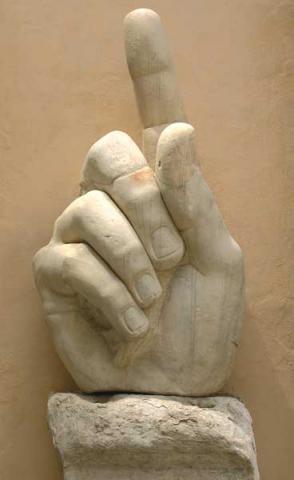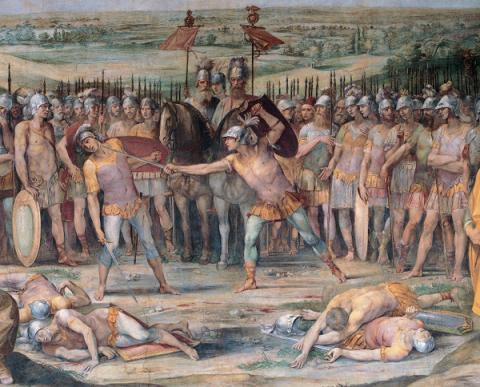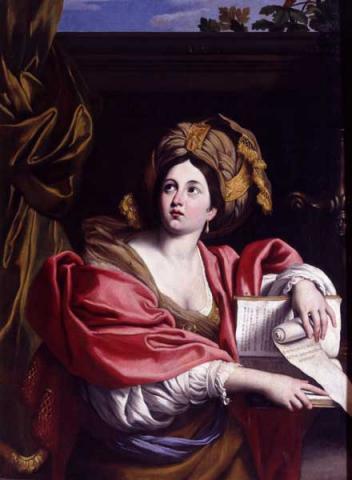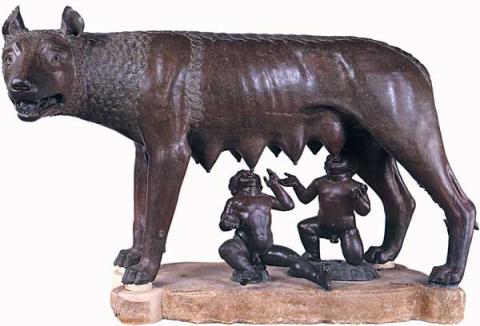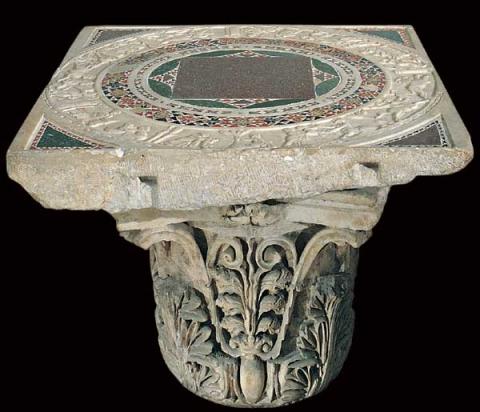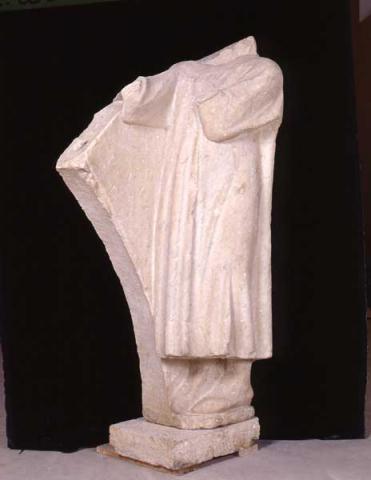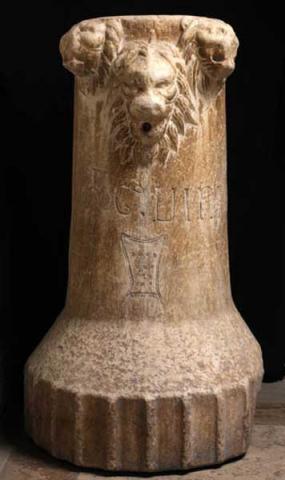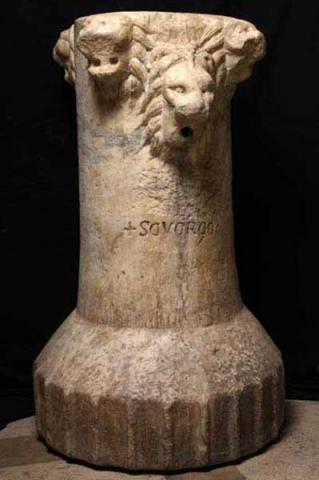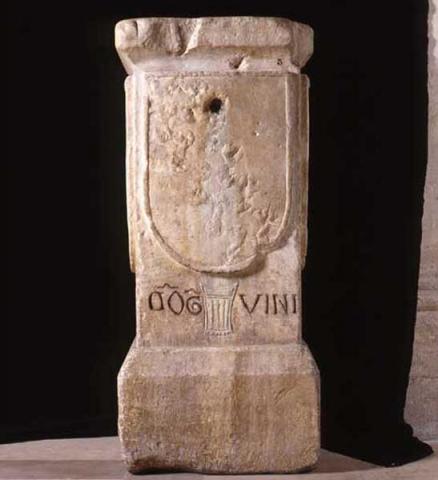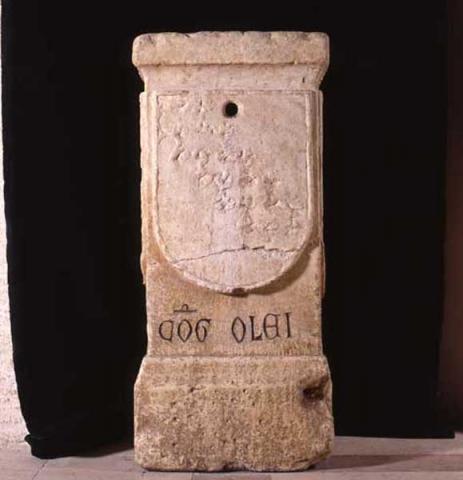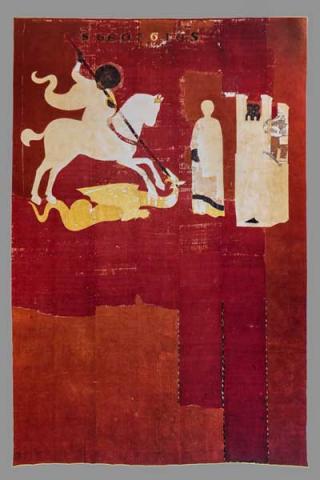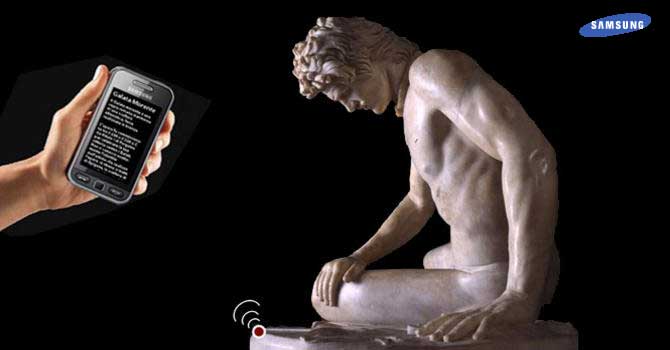Hall of the Middle Ages
The Hall of the sixteenth century Capitoline Archive in the Palazzo dei Conservatori houses the new Hall of the Middle Ages of the Capitoline Museums, with a striking exhibition of the honorary monument of Charles I of Anjou. In the room there are also other works that help to illustrate the history of the Capitoline in the Middle Ages.
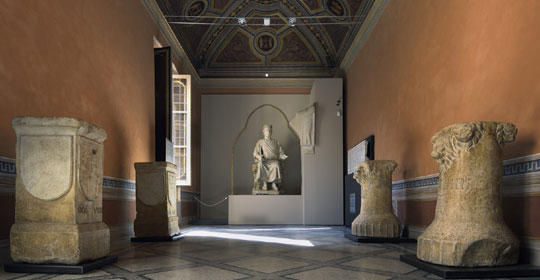
The statue of Charles I of Anjou, attributed to the Tuscan sculptor and architect Arnolfo di Cambio and made from a fragment of the entablature of an ancient building, was part of a more complex architecture. It was conceived as a high relief and originally painted with bright colours and decorated with gilding; the statue was anchored to the wall about two meters off the ground, framed by a three-foiled cusped arch flanked by two figures in relief representing two Trumpeters.
The honorary monument was dedicated, around the years 1275-1277, to the Angevin king of Sicily and Senator of Rome, and perhaps was intended to be placed inside the medieval great hall on the first floor of Palazzo Senatorio (the present Hall of Julius Caesar), where the senator, or his vicar, administered civil and criminal justice.
In the room there are also other works that help to illustrate the history of the Capitoline in the Middle Ages.
The units of measurement for oil, wine and grains (called Congi) of the thirteenth century document the presence of an important market area on the Capitoline between the ancient Palazzo Senatorio and the church and convent of Santa Maria in Aracoeli.
The cosmatesque ornament, which comes from the dismembered pulpit of the Epistle of the church of Santa Maria in Aracoeli, and was designed by Lorenzo di Tebaldo with his son Jacopo, illustrates the tradition of Roman marble workers from the late twelfth and early thirteenth century.
Arnolfo di Cambio (1240/1245 - 1302/1310)
Arnolfo di Cambio (1240/1245 - 1302/1310)


























